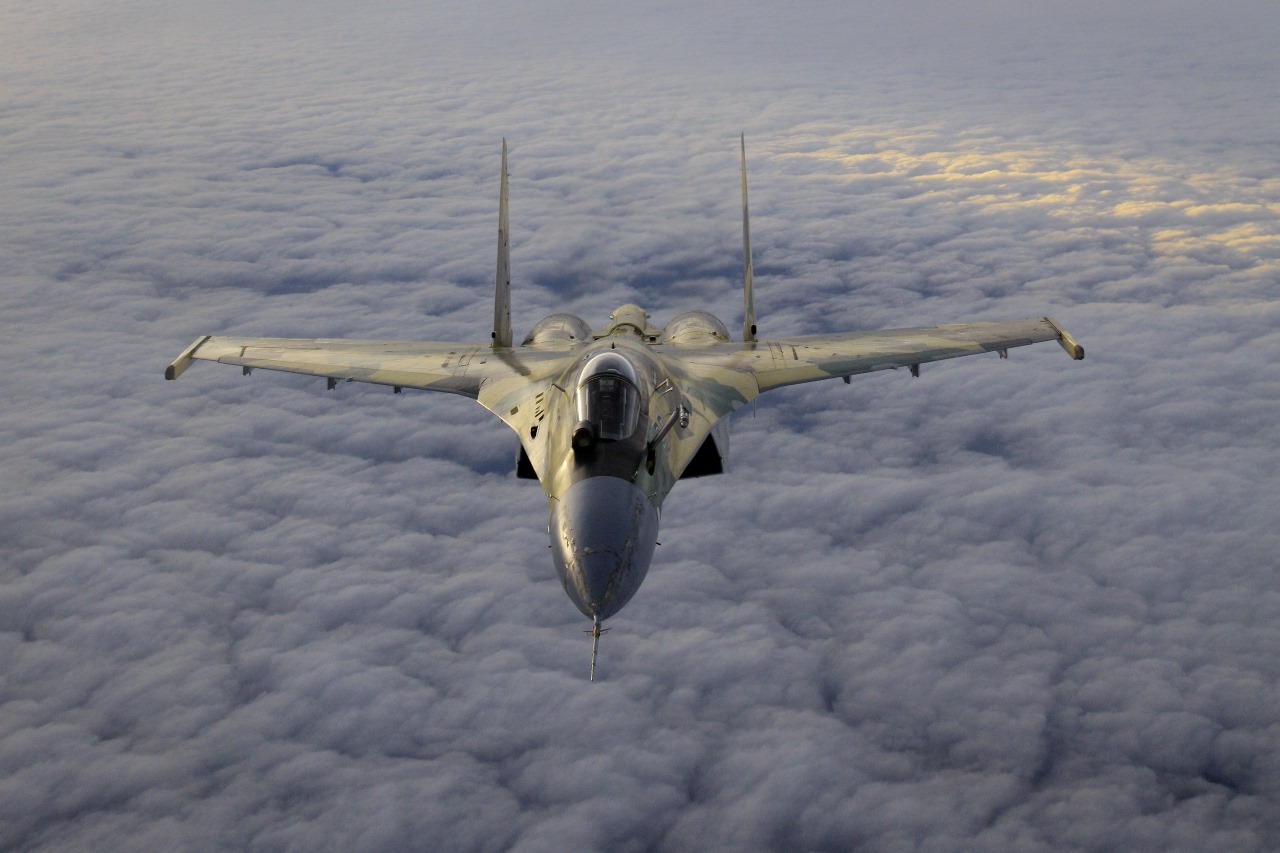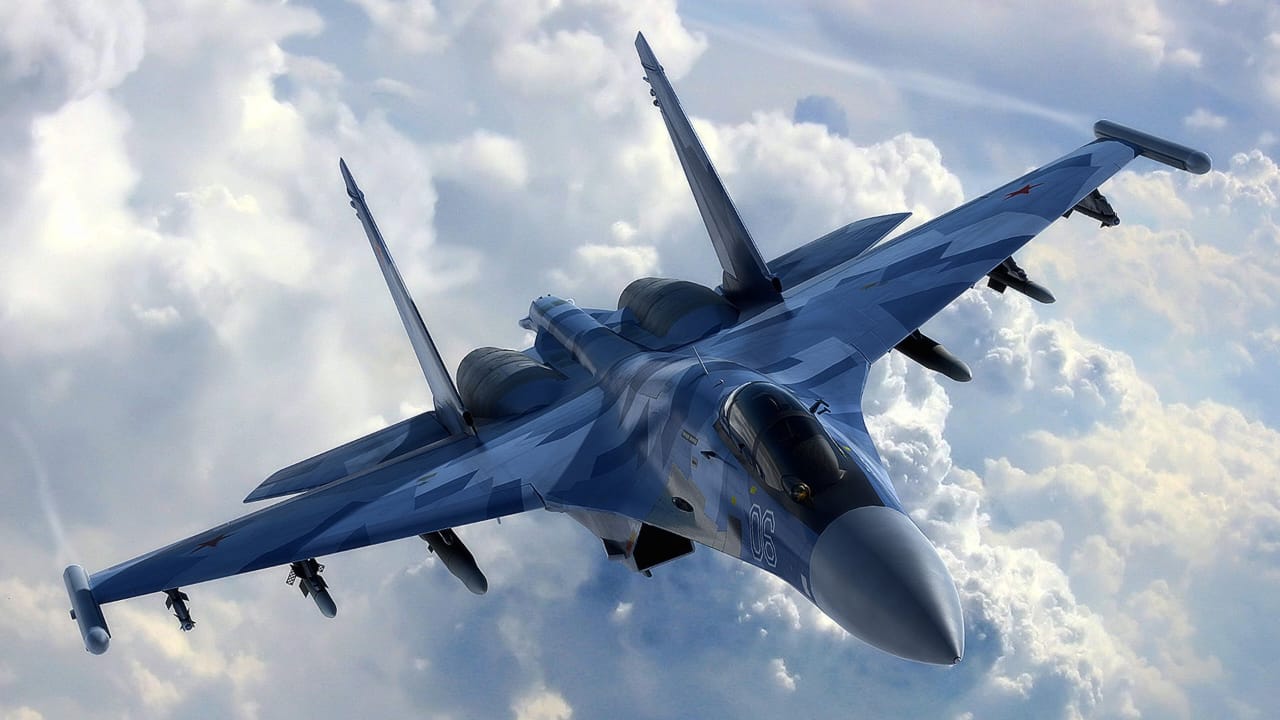Safety is an uncompromising priority in the aviation industry, especially within the military sector. India’s military aviation has seen significant enhancements in safety through the utilization of cutting-edge avionics technologies. This blog explores the pivotal role avionics plays in bolstering flight safety, with a focus on critical systems like Terrain Awareness and Warning Systems (TAWS), Traffic Collision Avoidance System (TCAS), and other innovations that contribute to the growth of the avionics industry in India’s military sector.
1. Terrain Awareness and Warning Systems (TAWS)
Terrain Awareness and Warning Systems, or TAWS, are integral to enhancing flight safety in India’s military aviation. TAWS relies on advanced sensors and databases to provide real-time information regarding an aircraft’s proximity to terrain and obstacles. This technology offers timely alerts to pilots, enabling them to take corrective actions, particularly in challenging terrains or adverse weather conditions. TAWS has been a game-changer, preventing accidents due to controlled flight into terrain (CFIT) in the diverse geographic landscapes of India.
2. Traffic Collision Avoidance System (TCAS)
In the crowded airspace of military operations, the Traffic Collision Avoidance System (TCAS) is a lifesaver. TCAS utilizes data from onboard transponders to detect nearby aircraft and provide alerts to pilots about potential collisions. This system has significantly reduced the risk of mid-air collisions, ensuring the safety of military flights even in high-density airspace.
3. Weather Radar and Predictive Systems
India’s military aviation often operates in challenging weather conditions. Avionics advancements include state-of-the-art weather radar and predictive systems that deliver real-time weather information to flight crews. These systems assist pilots in navigating through thunderstorms, turbulence, and other adverse weather phenomena, ensuring the safety of missions and personnel.
4. Enhanced Vision Systems (EVS)
Enhanced Vision Systems (EVS) have transformed military aviation safety, especially during low-visibility conditions. EVS technology provides pilots with enhanced situational awareness, enabling them to see through fog, rain, or darkness. This technology has been invaluable for safe operations, particularly during covert missions or night maneuvers.
5. Flight Data Monitoring and Analysis
Avionics advancements have also strengthened flight data monitoring and analysis within India’s military aviation. Advanced data recorders, akin to “black boxes,” offer critical insights into the causes of accidents or incidents. This data analysis aids military authorities and units in making necessary improvements, ensuring the continual enhancement of safety protocols.
6. Training Simulators
Flight simulators equipped with advanced avionics systems have become indispensable in military pilot training. These simulators replicate real-world scenarios, enabling pilots to practice handling emergencies and challenging situations safely. Such training significantly enhances a pilot’s ability to respond effectively during actual military operations.
Safety is the cornerstone of India’s military aviation, and avionics advancements have played a pivotal role in fortifying flight safety within this sector. Systems like TAWS, TCAS, weather radar, EVS, flight data monitoring, and advanced training simulators collectively contribute to reducing accidents and incidents, ensuring the safe execution of military missions.
As avionics technology continues to advance, India’s military aviation sector can confidently anticipate even greater strides in safety, enabling them to fulfill their missions with the utmost security and precision.


